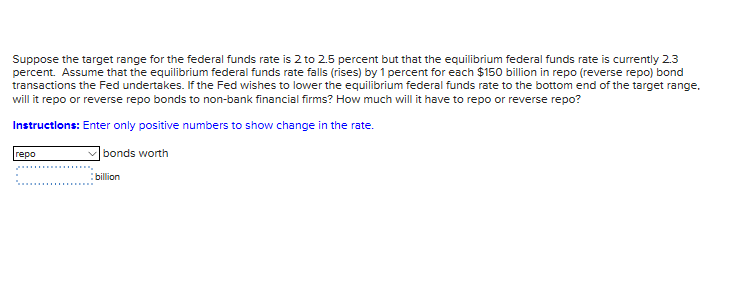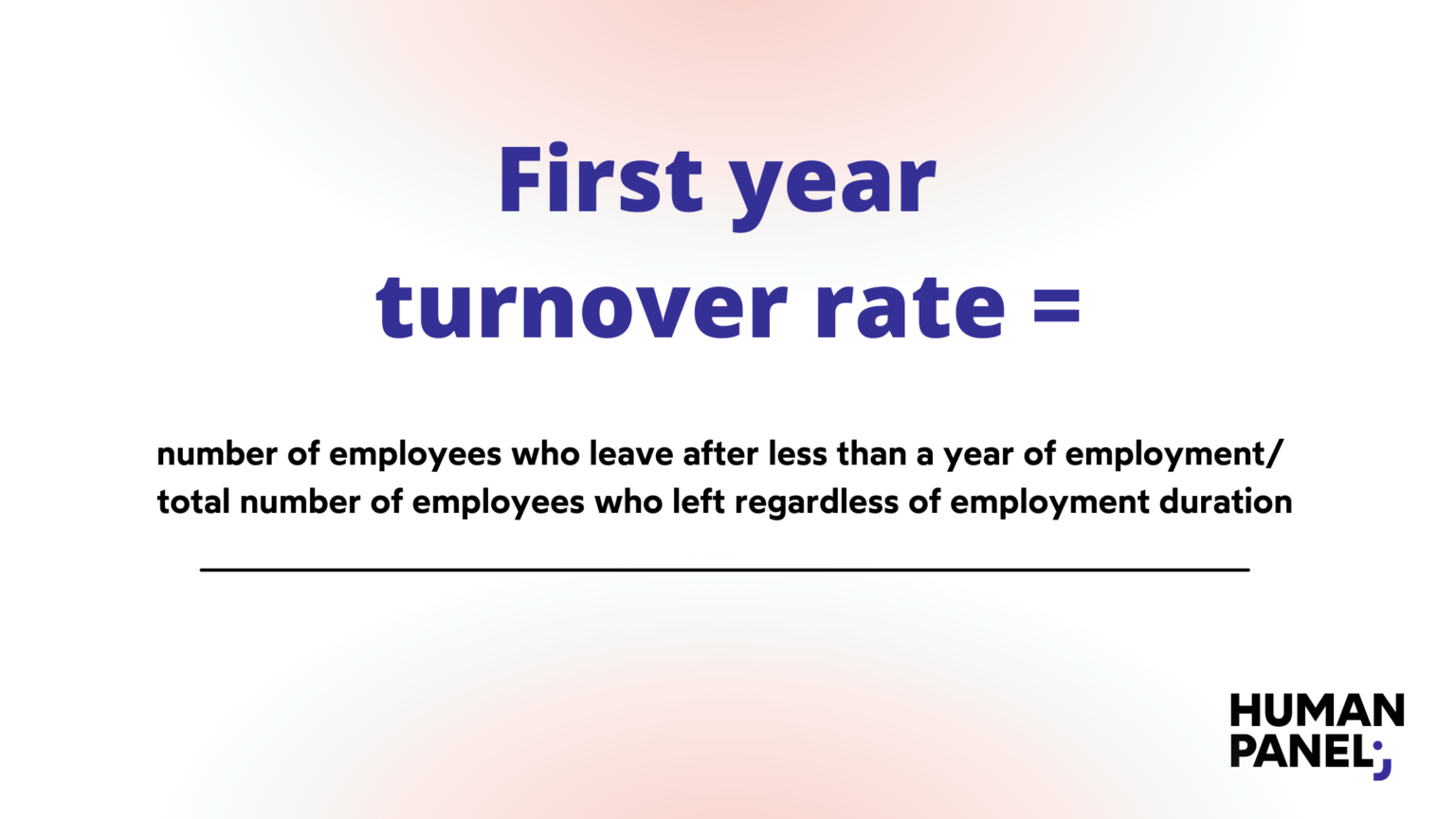
As a single measure of performance, the turnover rate is not something that should dictate how you choose to invest your money. There is no hard and fast rule that says a high turnover rate is always bad and a low turnover rate is always good or vice versa. However, funds with higher turnover rates are usually ones that opt for a market-timing approach of replacing stocks when necessary. The investment strategy of many other types of mutual funds can be deduced by their turnover rate.Īn actively managed mutual fund that has a low turnover rate is usually a sign of a fund or portfolio manager that prefers a buy-and-hold strategy. In contrast, an index fund will have a lower turnover rate as these follow the strategies of a specific index and the companies included in an index don’t change very frequently. The main ones are the type of mutual fund it is, the investment objectives it has, and the investing style of the portfolio manager.Ī bond fund, for example, is certain to have a high turnover rate because bond investments naturally encourage active trading and frequent replacement of stocks. There are many factors that can affect the turnover rate. The two terms are interchangeable and have the same meaning. You will see this referred to as both a turnover rate and a turnover ratio. The turnover rate is an expression of the proportion of stocks replaced in one year. Remember, this number is presented as a percentage so it doesn’t necessarily mean that every single individual holding has been replaced if the rate hits 100 percent or higher.
#Turnover rate meaning mutual funds full#
As some funds hold equity for less than a full year, their ratios can easily exceed 100 percent. Replacing 75 would give them a turnover rate of 75 percent. The number is expressed as a percentage and the year can be any continuous 12-month period, such as a calendar year or a business’s fiscal year.įor example, if mutual fund A invests in 100 stocks during 2022 and replaces 25 of these, this gives them a turnover rate/turnover ratio of 25 percent. The turnover rate refers to the number of stocks in a mutual fund or portfolio’s holdings that have been replaced in a year. In this article, we will look at what a turnover rate is and what it means for your investments.



But what does this mean? Is a high turnover rate a good or a bad sign?


 0 kommentar(er)
0 kommentar(er)
